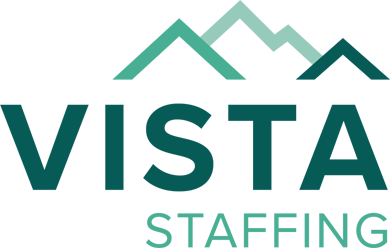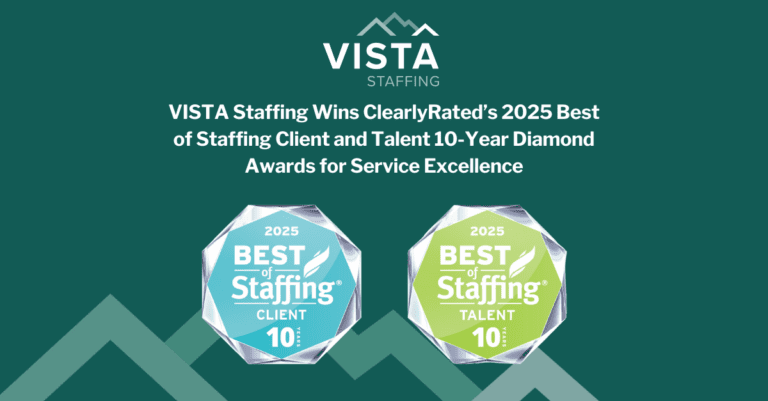Back to The Workforce Optimization Blog
Beat Summertime Healthcare Staffing Challenges: Strategies for Your Hospital

Key Takeaways
- Proactive staffing strategies—like upskilling, flexible scheduling, and workforce analytics—help your hospital stay fully staffed and deliver quality care during the busy summer months.
- Leveraging locum tenens providers and telemedicine ensures seamless patient coverage and reduces strain on your core team when seasonal demand spikes.
- Investing in employee growth and modern scheduling tools keeps your staff engaged, reduces burnout, and prepares your facility for future challenges.
As increasingly hotter temperatures and outdoor activities drive a seasonal spike in heat-related illnesses and injuries, healthcare facilities are bracing for staffing shortages during the summer, when nearly 82% of American adults plan vacations, leaving critical gaps in coverage.
With providers taking vacations, fluctuating patient volumes, and rising seasonal illnesses, maintaining adequate staffing can make you feel like Sisyphus pushing a boulder uphill.
But it doesn’t have to be.
Modern solutions and proactive strategies can help healthcare organizations navigate these demands effectively while ensuring quality patient care.
Here’s how your facility can stay ahead of summertime staffing challenges in 2025 and beyond.
| Strategy | Key Benefit | Example Tool/Partner |
|---|---|---|
| Upskilling/Reskilling | Boosts staff flexibility | Tuition assistance, stipends |
| Flexible Scheduling | Reduces burnout, aids retention | ShiftWizard, Inovalon |
| Locum Tenens Providers | Fills temporary gaps | VISTA Staffing |
| Telemedicine | Expands patient access | Virtual visit platforms |
| Workforce Analytics | Predicts demand, optimizes staff | VISTA Select |
Upskill and Reskill Your Team
Upskilling and reskilling your workforce is a powerful way to address temporary staffing gaps while fostering long-term employee growth.
Memorial Hermann Health System in Houston, Texas, provides an inspiring example of how creative approaches to workforce development can ease staffing challenges.
Faced with a steep decline in its nursing workforce, Memorial Hermann implemented innovative programs to support its employees and enhance their skills. One key initiative was the overhaul of its tuition assistance program, removing barriers to ongoing professional development.
As Lori Knowles, SVP and CHRO of Memorial Hermann, explained, “We’ve had to be creative to meet the needs of people while still providing great care to our patients.”
Actionable Steps for Upskilling
Healthcare facilities can adopt similar strategies by:
- Creating Accessible Education Programs: Follow Memorial Hermann’s lead by removing financial barriers to tuition assistance and offering stipends for additional expenses like certifications.
- Expanding Role-Specific Training: Provide targeted training programs that prepare staff for new roles or responsibilities during peak demand periods.
- Offering Flexible Work Programs: Develop options like Memorial Hermann’s floating staff model, which allows employees to work at nearby hospitals or earn higher rates by filling critical needs.
By investing in upskilling efforts and addressing employees’ personal and professional needs, healthcare organizations can build a resilient workforce that is better equipped to handle summertime staffing challenges.
As Knowles noted, transparency and listening to employees’ needs are key: “Press yourself to do things that feel a little bit scary…If it doesn’t work, move on quickly.”
Embrace Flexible Scheduling
Employee satisfaction is key to maintaining a stable workforce during the summer months. Offering flexible scheduling options can help retain staff while accommodating their vacation plans.
- Shift-Swapping Tools: Implement platforms, like ShiftWizard or Inovalon, that allow employees to swap shifts easily without administrative bottlenecks.
- Compressed Workweeks: Offer alternative schedules such as four-day workweeks for staff who prefer longer days but fewer total shifts.
- On-Demand Staffing: Use technology platforms, like QGenda or Shiftboard, to match available staff with open shifts in real-time.
Today’s younger clinicians, especially Gen Z and Millennials, place a premium on flexibility.
A 2023 Shiftboard survey found that over half of Gen Z (55%) and Millennial (51%) healthcare workers say schedule flexibility is a top priority—much higher than previous generations.
For many, the ability to swap shifts or adjust hours on short notice isn’t just a nice-to-have; it’s a deciding factor in where they choose to work.
Flexible scheduling also helps reduce stress and gives your younger team members more control over their workload, which is crucial since clinicians under 40 are at greater risk for burnout.
Embracing flexibility helps you keep your team motivated, retain your best clinicians, and appeal to the next generation of healthcare professionals.

Leverage Locum Tenens Providers
Locum tenens providers remain one of the most effective solutions for addressing temporary staffing gaps during peak seasons.
These providers offer flexibility and expertise, allowing healthcare facilities to maintain continuity of care without overburdening permanent staff.
Among locum tenens staffing agencies, VISTA Staffing has earned its reputation as a Diamond Award-winning partner for hospitals, clinics, and government healthcare facilities across the United States.
Why Choose VISTA?
With over 2,500 physicians contracted annually across 50 specialties and subspecialties, VISTA provides facilities with highly qualified providers who are carefully screened and whose skills and preferences fully align with your needs.
Additionally, VISTA handles travel, housing, licensing support, and professional liability insurance for providers—removing administrative burdens from your team.
Lisa Ellis, Vice President of Sales at VISTA, explains: “Our focus is not just on filling positions but on building lasting partnerships that benefit both providers and healthcare organizations.”
What Hospitals Are Saying About VISTA
“Partnering with VISTA has been fantastic. They excel at fostering long-term relationships and prioritize employee retention and satisfaction.”
“Our organization appreciates all their hard work in helping us staff our clinics with clinicians. We value their ongoing commitment and efforts.”
By partnering with VISTA, your facility can access experienced locum tenens providers who ensure continuity of care during critical times like summer.
Explore Telemedicine Services
By the end of 2026, 25–30% of all medical visits in the United States will be conducted via telemedicine.
Telemedicine offers a practical solution for handling increased patient volumes during summer while addressing staffing shortages.
Key Benefits of Telemedicine
- Streamlined Patient Care: Virtual visits allow physicians to assess patients quickly, prescribe medications, and provide care instructions without the need to be in person. This reduces strain on physical facilities and staff.
- Expanded Access: Telemedicine bridges geographic gaps. It gives patients in rural and underserved communities the chance to get the care they need without having to travel long distances. This improves access to care while reducing the workload for onsite staff.
- Address Spikes in Neurology Visits: In 2023, neurology visits ranked as the fifth most common telemedicine cases. This is a critical resource for managing heat-related strokes, which are more frequent during extreme summer temperatures due to dehydration and heat stress.
By integrating telemedicine into your staffing strategy, you’ll be better positioned to handle seasonal demand spikes.
Use Workforce Analytics to Predict Demand
Geoffrey Moore, a renowned organizational theorist, once wrote: “Without big data, you are blind and deaf and in the middle of a freeway.”
If you’ve ever been caught off guard by a staffing shortage, you know how stressful it can be, especially during the busy summer months.
The key to avoiding that chaos is understanding your data.
Analyzing patient visit patterns and staff availability early on helps you spot trends before they become problems.
That’s where VISTA Select comes in.
How VISTA Select Makes Staffing Easier for You
- Budget constraints? Factored into your tailored staffing approach ✔
- Inaccurate scheduling forecasts? Get better visibility into future scheduling issues ✔
- Hard-to-fill locations? Tap into a broader network of qualified clinicians ✔
- Unexpected call-outs or surges? Plan for contingencies so you’re never left scrambling ✔
- Worried about long-term reliance? We help you stabilize with a phased approach, so your team grows stronger and more self-sufficient over time ✔
VISTA Select is really about giving healthcare teams the tools to see what’s coming so they can plan better. said When you understand your staffing needs in real-time, it’s much easier to avoid those stressful shortages during busy times like summer.
Kara McCarley, Sr. Director of Sales at VISTA
Summertime staffing demand doesn’t have to overwhelm your healthcare facility.
You can stay ahead of seasonal challenges while maintaining quality patient care by leveraging locum tenens providers, offering flexible scheduling options, and investing in upskilling programs.
Proactive planning and innovative solutions are key to thriving during peak seasons—and beyond.
Start implementing these strategies today to ensure your facility is prepared for whatever summer brings!



